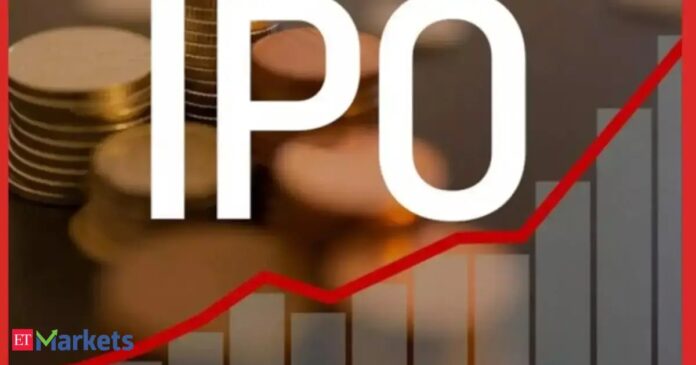India’s IPO Boom: A Paradox Amid Economic Headwinds
India’s primary markets are currently experiencing a remarkable surge, with a diverse array of companies tapping into the Initial Public Offering (IPO) frenzy to raise billions. From online platforms selling used cars and home services to brokerages and green energy firms, the landscape is bustling with activity. However, this vibrant IPO scene raises an intriguing question: how does this boom align with India’s underperforming benchmark equity indices and an economy grappling with trade and tariff challenges?
The IPO Frenzy
The excitement surrounding IPOs in India is palpable, with advertisements for upcoming share sales dominating the financial pages. Notably, the IPO of Urban Company, an online platform for home services, was oversubscribed by 100 times, attracting a staggering $13 billion in bids and listing at a price-to-earnings ratio exceeding 100 times. This trend is not isolated; companies across various sectors, including used-car platforms, online brokerages, and co-working spaces, are lining up to offer exits to investors and raise essential funds.
The IPO boom, which kicked off in 2024, shows no signs of slowing down. According to Tuhin Kanta Pandey, chief of the Securities and Exchange Board of India (SEBI), there are over 170 IPOs in the pipeline, expected to raise approximately 2.7 trillion Indian rupees (around $30.44 billion). This surge in IPO activity is indicative of a broader trend where domestic shareholders, financial sponsors, and global corporates are capitalizing on favorable valuation multiples in Indian markets.
Discrepancy with Equity Indices
Despite the IPO excitement, India’s stock market indices are lagging behind their global counterparts. The Nifty 50 index has seen a mere 4.2% gain this year, significantly trailing the MSCI Emerging Market index, which has surged over 23.25%. This underperformance can be attributed to persistent foreign selling and the adverse effects of U.S. trade and immigration policies.
Analysts point out that while primary markets are thriving due to robust retail flows, secondary markets are under pressure from intense selling by foreign institutional investors (FIIs). Over the past year, FIIs have net sold more than $20 billion in Indian equities, contributing to the widening gap between primary and secondary market performance.
The Role of Retail Investors
One of the key factors supporting the IPO boom is the steady influx of retail investment into the Indian markets. Monthly investment plans have averaged close to $3 billion, with retail investors remaining largely "price-agnostic." This influx of retail money is crucial in sustaining the momentum in primary markets, even as secondary markets struggle.
However, this dynamic raises questions about the sustainability of the IPO boom. Can it continue if secondary equity markets remain sluggish? The ongoing liquidity drain from primary markets could hinder substantial returns for investors in already-listed stocks, creating a challenging environment for market participants.
Political Implications: Cash Dole-Outs in Bihar
In a related political development, the state of Bihar is witnessing a significant cash dole-out to women voters ahead of key elections. Prime Minister Narendra Modi’s party and its allies recently distributed 75 billion rupees (approximately $845 million) to women as part of their electoral strategy. While such cash transfers may garner short-term political gains, they have raised concerns among economists and the Reserve Bank of India regarding the long-term implications for state finances and infrastructure spending.
The central bank has previously warned that rising expenditures on subsidies, including cash transfers, could crowd out more productive spending. As political parties increasingly resort to cash handouts as a strategy, the potential for fiscal stress looms large, complicating the economic landscape further.
Conclusion
India’s IPO boom presents a fascinating paradox. While primary markets are thriving, buoyed by retail investment and high valuations, the secondary markets are struggling under the weight of foreign selling and economic uncertainties. As the country navigates these complexities, the interplay between political strategies, market dynamics, and economic fundamentals will be crucial in shaping the future of India’s financial landscape.
As investors and market participants watch closely, the question remains: can the IPO frenzy sustain itself amid the challenges facing the broader economy? The coming months will be pivotal in determining the trajectory of both primary and secondary markets in India.

